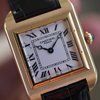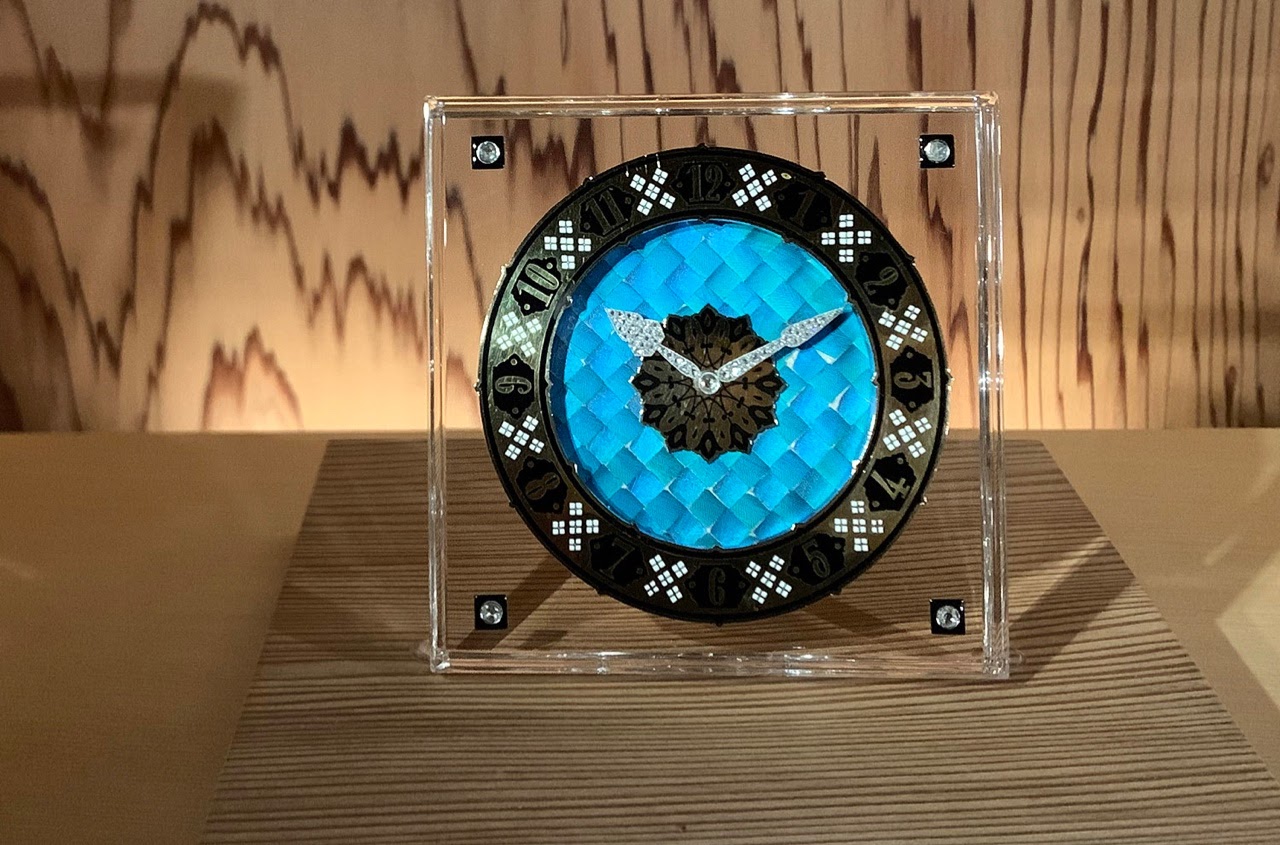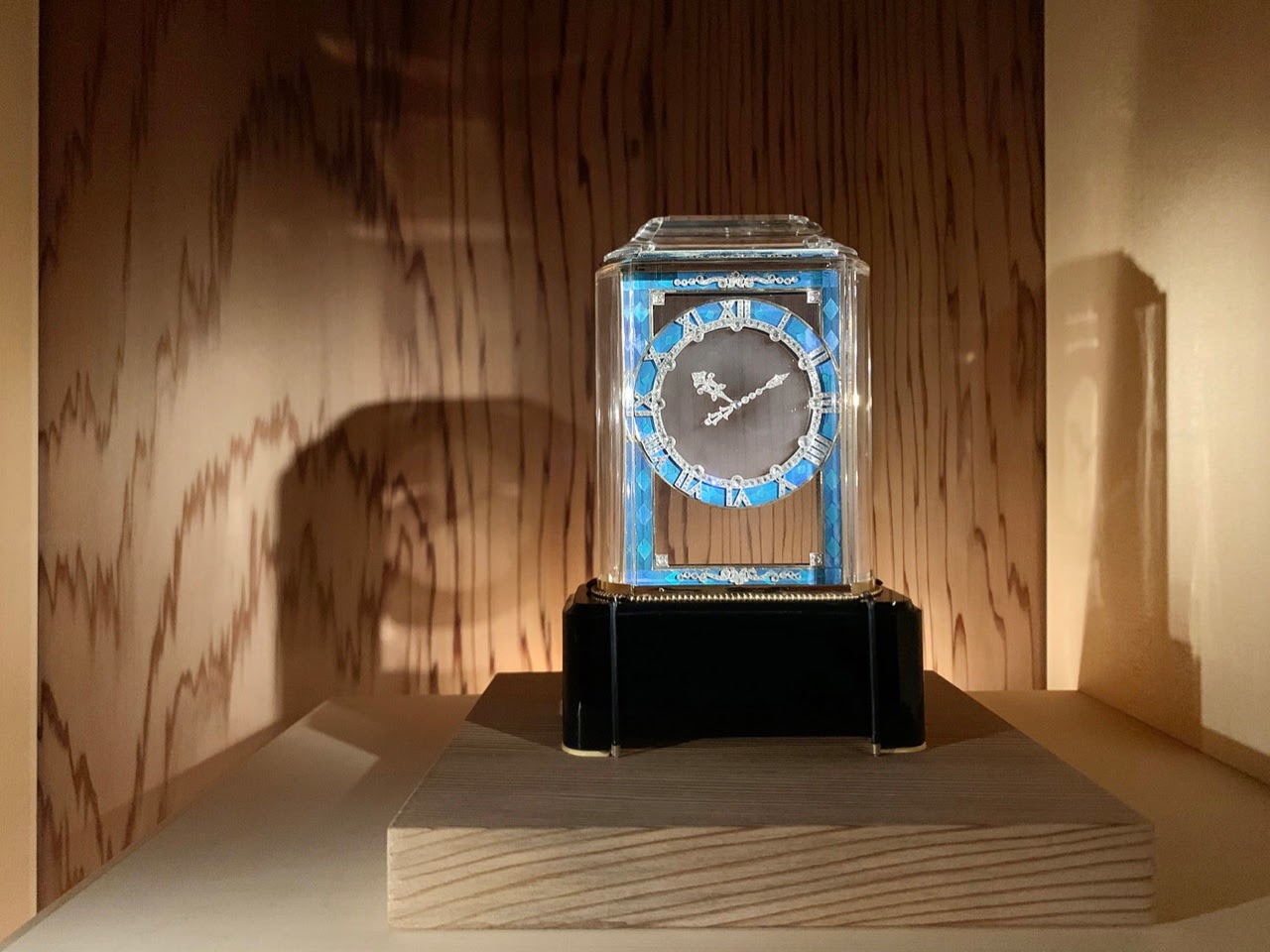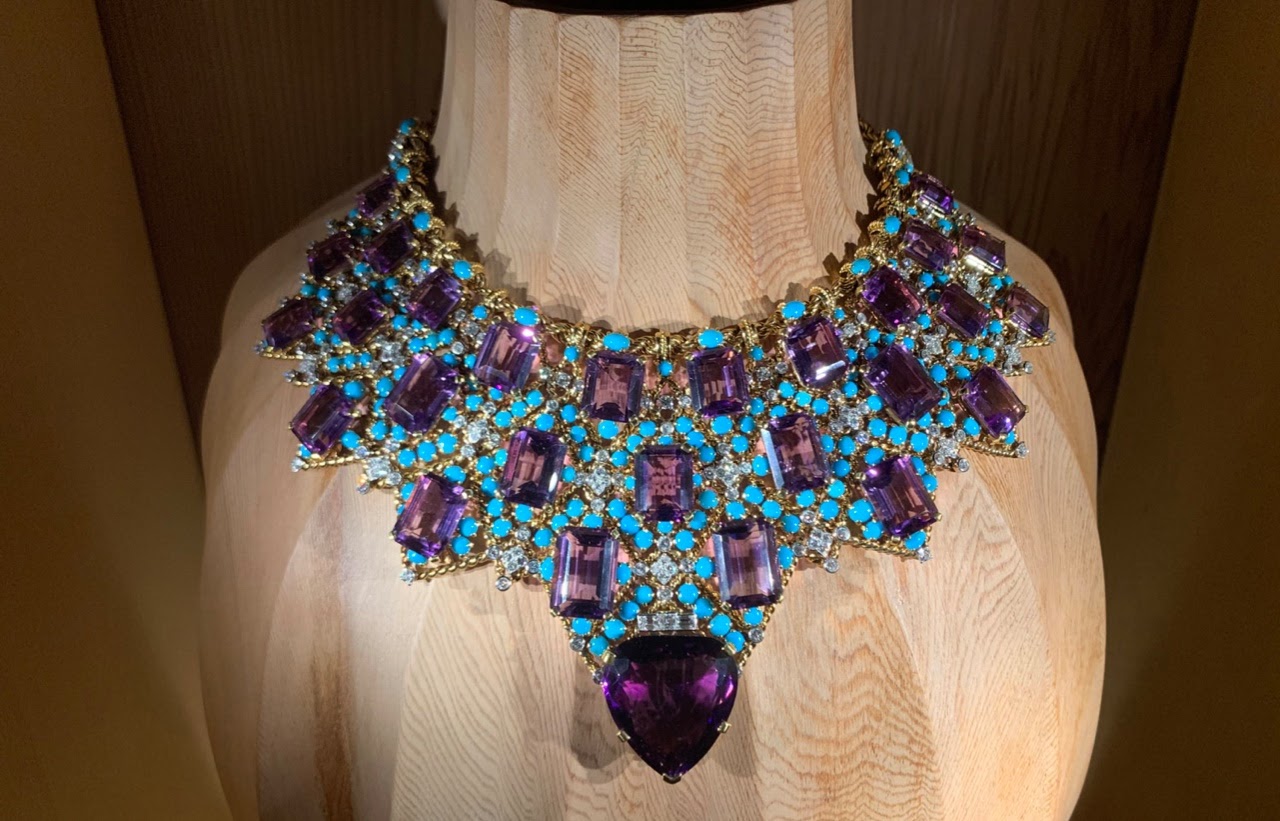
Geo
5188

‘Crystallization of Time’, Cartier's newest exposition in Tokio!
Part of the attraction that a brand like Cartier has, is the rich history of the company, especially since
Cartier makes so good use of it, in their collections and since it is willing to open up on the past, by showing their vintage pieces at expositions around the world. 

Pascale Lepeu serves as the curator of Cartier's vintage collection, that now contains thousands of pieces.


Since years Cartier is organizing various expositions around the world with different themes.
Sometimes it is about watches and clocks, like the one in London two years ago, sometimes just about jewelry and often a mix of the two.
L'Art de Cartier, Musee du Petit-Palais, Paris in 1990. ‘Time Art’ in Zurich, ‘The Power of Style’ in Prague, “Cartier Treasures: King of Jewelers, Jewelers to Kings” in Beijing,
' Style and History', Grand Palais, Paris 2014, 'Cartier in Motion’, the clock & watches expo, curated by Lord Norman Foster, in London May 2017,
'Beyond Boundaries’ the huge and important exposition in the ‘Forbidden City’ in Beijing, that I unfortunately missed and the current new exposition in Tokio,
“Crystallisation of Time’ that just opened on October 3rd. and will last until mid-December 2019.
I was lucky to be invited for the press preview the day before the opening.


For the staging of this important exposition, La Maison worked with Hiroshi Sugimoto, the famed contemporary Japanese photographer,
whose esoteric practice explores memory and time. The artist was born in Japan in 1948, and a photographer since the 1970s,
his work deals with history and temporal existence by investigating themes of time, empiricism, and metaphysics.
And famous as the artist is, his art travels around the world along with the well-known museums.
Hiroshi Sugimoto and NMRL, his architectural firm, used mainly wood in all kinds of shapes, to stage the clocks and necklaces.
This created a very attractive and also different look. In a way very modern, and it made the objects look more approachable.
His unusual styling fitted these vintage pieces tremendously.
Besides modern complicated watches from the 'Fine Watch Making' collection and several stunning clocks and mystery clocks,
There is a superb range of Cartier's own vintage pieces to be seen, like the Santos Dumont from 1912, Tank Normale from 1920,
Tonneau from 1915, Tortue from 1919, Tank Cintrée from 1924, the London Crash from 1967 and others. But I think it is safe to say that
‘Crystallization of Time’ is more a dazzling show where high jewelry it is, where it is all about.
It is needless to say that this show is, by all means, a very important exposition! And if you are a die-hard fan of La Maison’s jewelry and watches,
there is absolutely no reason not to go.



On the other hand, I ask myself if the curator of this exposition didn’t go a bit too far since I strongly feel that this approach tells more about the design of the curator than
about this stunning Cartier Collection. ’Time Art’ in London was designed, in a very attractive way by Lord Norman Foster
and that exposition was already pretty dark inside. With ‘Crystallization of Time’, Hiroshi Sugimoto, went a step further and presented a very good-looking concept
with those unusual materials, but in uncomfortable complete darkness. When I was finding my way along with the vitrines, I was often not able to read the captions.
I also bumped several times into other journalists that I had not even seen and was not able to recognize people that stopped me to shake hands because it was that dark.
The above press picture of the exposition, gives, in my honest opinion, an unreal impression of the show -

Usually, I visit these Cartier expositions two times, first the press exposition and a few days later again, without my camera,
to enjoy the show during opening hours. But now for the first time in years, I am sorry to say,
that I did not feel the urge, to go a second time, to see the 'Crystallization of Time’ exposition.

The National Art Center, Tokyo, 3F Auditorium7-22-2 Roppongi,
Minato-ku, Tokyo, JAPAN. Until the 15th of December 2019,
Closed on Tuesday.